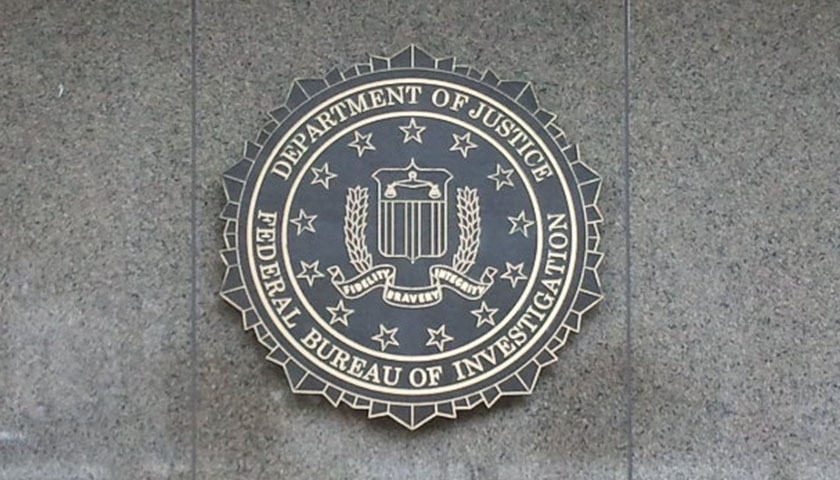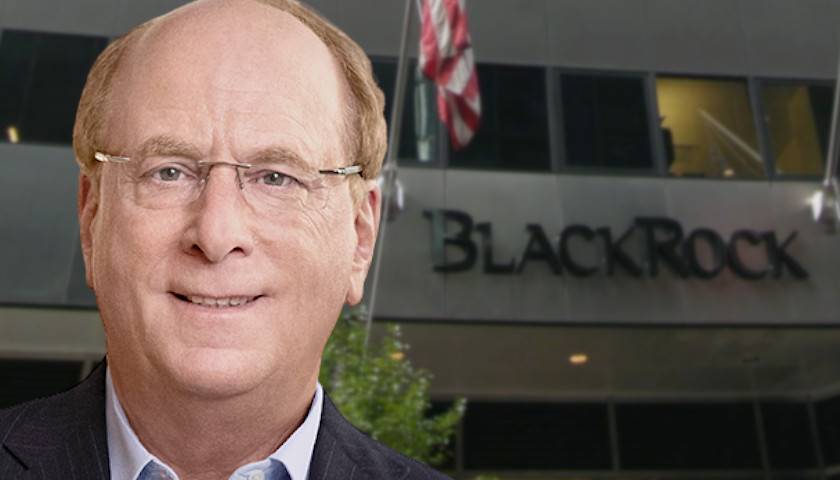Indiana scored the latest school choice victory with nearly all, save for 3.5 percent of families with school-age children, qualifying for the state’s new voucher program, The Wall Street Journal editorial board noted last week.
“The hits keep coming on school choice in Republican-run states,” The Journal editors observed, detailing:
The new law raises the income cap to 400% of the free- and reduced-price lunch income level, which is now about $220,000 for a family of four. The bill also removes the other criteria for eligibility so that any family under the income limit can apply. Tens of thousands of additional students could qualify, and a legislative analysis projects that some 95,000 students might use the program in 2025, up from about 53,000 in 2023.
“I think Indiana will be the most educational choice-friendly state in the nation — across the board — between private school choice options for all Hoosier families, a robust charter environment, and district-to-district transfers,” said Betsy Wiley, president & CEO of the Institute for Quality Education, as reported by Indiana Capital Chronicle at the end of April.
“That literally will make any education available to any student in the state,” Wiley added. “Making every educational option available to every family, you’re now really going to see the ability for families to get their students educated in what they think is the best learning environment for them. The barriers are being removed.”
The Journal’s editorial board noted that, despite resistance from some Republican lawmakers, Indiana’s tax-credit scholarship program was expanded by raising the income cap and allowing charter schools in some counties to obtain more funding from local tax initiatives.
Students interested in apprenticeships and other work-based training opportunities won out as well, with the creation of Career Scholarship Accounts. This program works similarly to education savings accounts (ESAs).
“Indiana’s success is a lesson for conservatives that victories can be incremental,” the editorial board said.
Jason Bedrick, a research fellow at the Heritage Foundation, also noted at The Daily Signal May 1 that “education choice is on the march”:
Arkansas, Florida, Iowa, and Utah have now joined Arizona and West Virginia in making every child eligible for education savings accounts or ESA-like policies that allow families to choose the learning environments that align with their values and work best for their children.
On May 4, Governor Kim Reynolds (R) announced applications for ESAs would begin to be accepted on May 31 following legislation signed into law earlier this year that is now providing “state funding for eligible students who attend accredited nonpublic schools starting in the 2023-2024 school year,” an Iowa Department of Education press release stated.
“All incoming kindergarteners and all K-12 students currently enrolled in a public school district are eligible for the ESA program,” the department observed, adding the following eligibility details:
Families whose children currently attend an accredited nonpublic school are also eligible for ESAs based on their annual income during the first two years of the program. For the 2023-2024 school year, income eligibility is 300 percent of the federal poverty level (FPL); and 400 percent FPL for the 2024-2025 school year. Beginning in the 2025-2026 school year, all K-12 students in Iowa will be eligible for an ESA regardless of income.
Tennessee’s ESA pilot program launched in 2021 with eligibility to students from low- and middle-income families in Memphis and Nashville.
In late April, lawmakers passed a measure that would expand the state ESA program’s eligibility to Hamilton County students, which includes the Chattanooga area. Governor Bill Lee signed the legislation on Friday.
The Tennessee Star reported:
As of April 14, the Tennessee Department of Education (TDOE) approved 705 ESA applicants for this school year in Memphis-Shelby County Schools and Metro Nashville Public Schools. Of that number, 453 applicants had submitted proof that they’ve enrolled in a state-approved private school. Each voucher gives a student $8,200 to use toward private school tuition.
About 1,500 applications are currently being considered by the TDOE, and enrollment is capped at 5,000 students in the program’s first year.
In Arizona, known as the “first state in the nation to offer all families” school choice options, Governor Katie Hobbs (D) promised on her campaign website she would be “addressing unaccountable expansion of school vouchers.”
“Katie continues to oppose the universal expansion of school vouchers,” her campaign stated. “As governor, she will work to roll back universal vouchers, which the legislature enacted against the will of voters this year. Vouchers should not have been expanded to provide an unaccountable means of enriching private schools and defunding our local public schools.”
Bedrick, however, noted on Twitter Tuesday that the Arizona anti-school choice group that calls itself “Save Our Schools (SOS)” is “protesting at the state capitol today” because “they’re furious at Gov. Katie Hobbs for agreeing to a budget that preserves the Empowerment Scholarship Account expansion,” put in place by her Republican predecessor, Governor Doug Ducey, in July 2022.
So-called “Save Our Schools” of Arizona is protesting at the state capitol today b/c they’re furious at Gov. Katie Hobbs for agreeing to a budget that preserves the Empowerment Scholarship Account expansion.
They argue that the green sliver below is “bankrupting the state.” pic.twitter.com/3tbhiXplMB
— Jason Bedrick 🇺🇸🎗️🇮🇱 (@JasonBedrick) May 9, 2023
Gov. Hobbs’ proposed budget cutting the ESA was a message to her base. But her actual budget deal is aimed at the median voter, and the ESAs are highly popular.
SOS’s rally just exposes how out of touch and powerless they really are.
— Jason Bedrick 🇺🇸🎗️🇮🇱 (@JasonBedrick) May 9, 2023
Hobbs’ “proposed budget cutting the ESA was a message to her base,” Bedrick added. “But her actual budget deal is aimed at the median voter, and the ESAs are highly popular.”
“SOS’s rally just exposes how out of touch and powerless they really are,” he observed.
– – –
Susan Berry, PhD, is national education editor at The Star News Network. Email tips to [email protected]
Photo “Students Raising Their Hand to Answer the Teacher’s Question in a Classroom” by Arthur Krijgsman.




